

Nude paintings
buy a nude painting Carré d'artistes
Are you thinking about adding a nude painting to your collection?
The nude has been a prominent genre throughout art history, favored by painters, sculptors, and photographers alike.
Contemporary artists continue this tradition, creating nude art pieces that showcase both male and female forms. A testament to changing artistic standards over time, paintings of nude figures hold an important place in academic and artistic classifications.
If you’re looking to bring a touch of sophistication to your space or explore this timeless genre further, you’ve come to the right place. Browse our collection of nude paintings for sale and discover the perfect piece to complement your home.
Read more
Our collection includes a variety of styles, such as:
The history and significance of nude art
History of nude painting
Nude art reflects the evolving perceptions of beauty, morality, and artistic standards across different cultures and eras. From the admiration of human beauty to its associations with sin, the representation of nudity has held different meanings over time.
Representing the human form in its purest state, artistic nude art has long been central to artistic training, including painting and sculpture.
Nude art dates back to prehistoric times but gained prominence in ancient Greece and Rome, where it celebrated idealized human forms.During the Middle Ages, nudity was less common, often linked to sin and shame.
The Renaisance, a revival of classical ideals, reintroduced nude art in works like Botticelli’s The Birth of Venus (1485). However, the Counter-Reformation led to restrictions, as seen in alterations to Michelangelo’s Sistine Chapel.
In the 19th century, Artists like Caravaggio and Ingres emphasized female nudity, with works such as The Great Odalisque, while male nudes symbolized strength and heroism, as depicted by Michelangelo and Leonardo da Vinci.
Movements like Cubism and Surrealism redefined the genre, with pieces like Picasso’s Les Demoiselles d’Avignon (1906) and Modigliani’s Nu Couché (1917).
Characteristics and evolution of nude paintings
Nude paintings often depict the human form with elements of modesty, such as veils or subtle concealment, influenced by moral and cultural norms. Before the 20th century, nudity was rarely an independent subject, appearing primarily in religious or allegorical works.
Today, modern nude paintings explore themes of sensuality, symbolism, and abstraction, offering diverse interpretations. These works can be provocative, serene, or deeply symbolic, pushing the boundaries of traditional artistic expression.
Famous nude painters and their artwork
Some of the most famous nude painters have left an indelible mark on art history:
- Édouard Manet: His groundbreaking works, like Le Déjeuner sur l’herbe (1863) and Olympia (1863), challenged societal norms and offered bold depictions of the human body.
- Gustave Courbet: The Origin of the World epitomizes the shift toward realistic and unidealized representations of nudity.
- Caravaggio and Ingres: Both artists explored themes of female sensuality and strength in their famous nude artwork.
NUDE PAINTINGS AT CARRÉ D'ARTISTES
At Carré d’artistes, discover nude art for sale by contemporary artists like François Sahuc, Martine Chaperon, Yo, and Corine Pagny, each offering their unique vision of this timeless genre.
How to incorporate nude paintings into your home decor?
Decorating with nude paintings can bring elegance and sophistication to your space. Consider placing these pieces in a bedroom, office, or meditation room to fully appreciate their beauty and depth.
To seamlessly integrate nude art into your decor, consider mixing different sizes and layouts to create an engaging composition. Horizontal arrangements can lend a cohesive and modern touch to your space, while experimenting with textures, frames, and complementary decorative elements can enhance the painting’s visual appeal. Proper lighting, whether natural or artificial, is key to emphasizing the details of the artwork and transforming it into a captivating focal point.
Let your creativity shine by designing a decor that reflects your personal style and highlights the unique beauty of nude artwork.
Explore our collection of nude paintings for sale and find the perfect piece to enrich your home or collection.
PAINTINGS BY STYLE


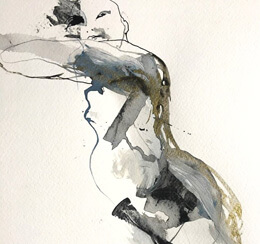

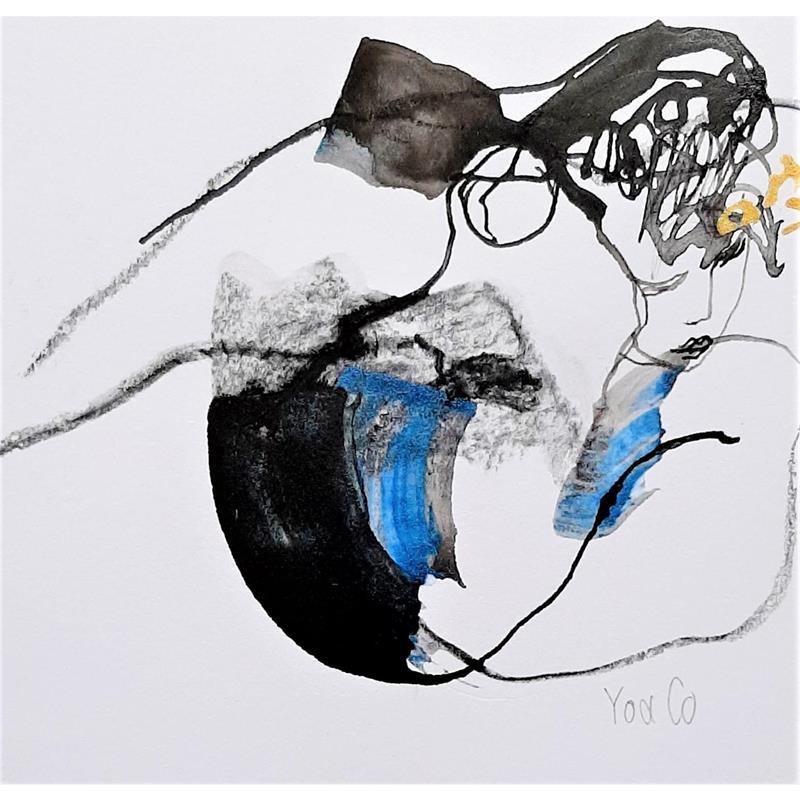

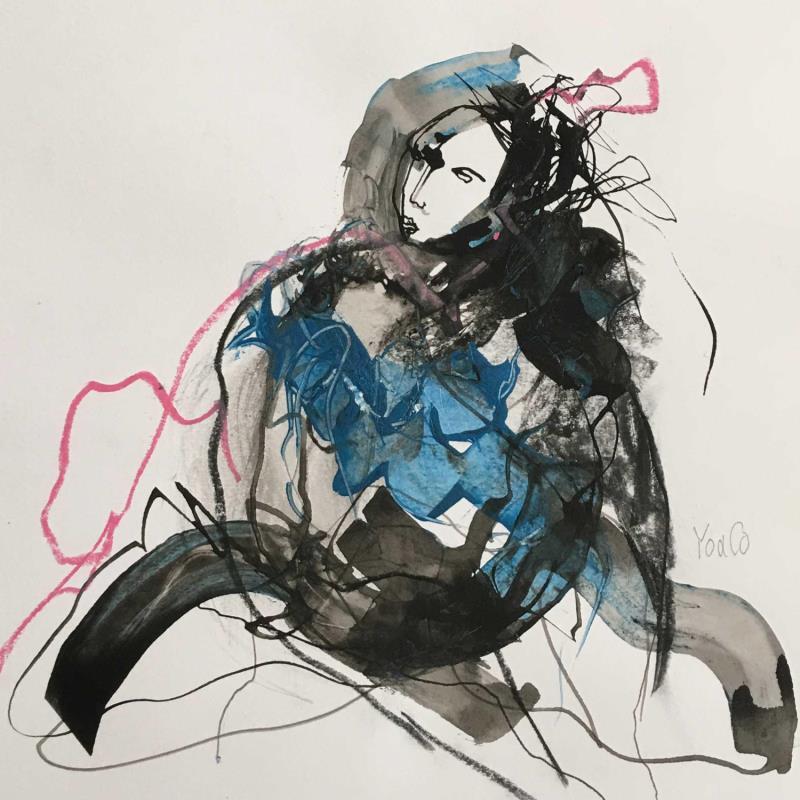
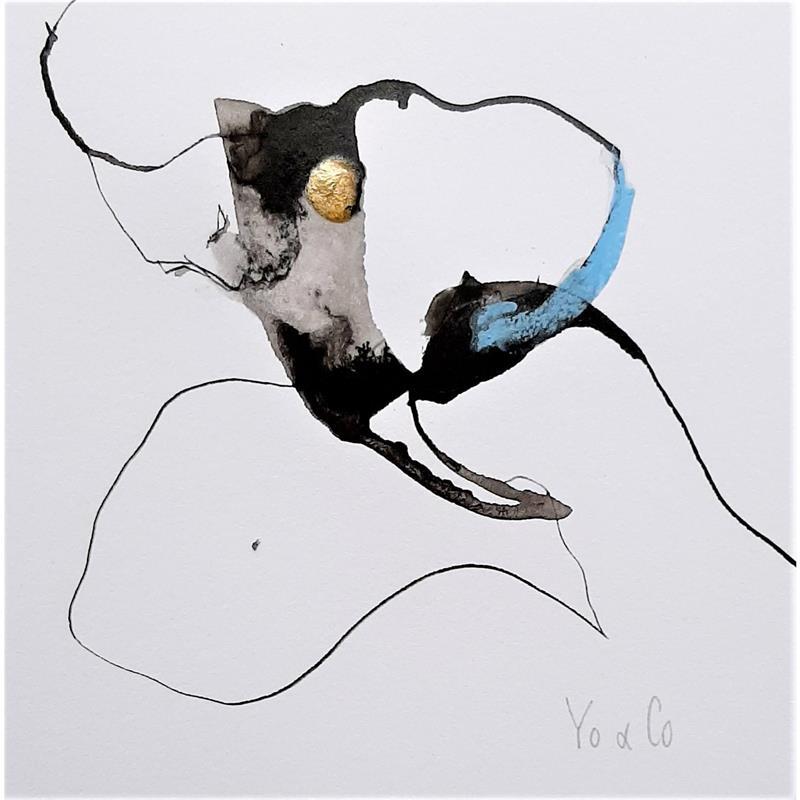
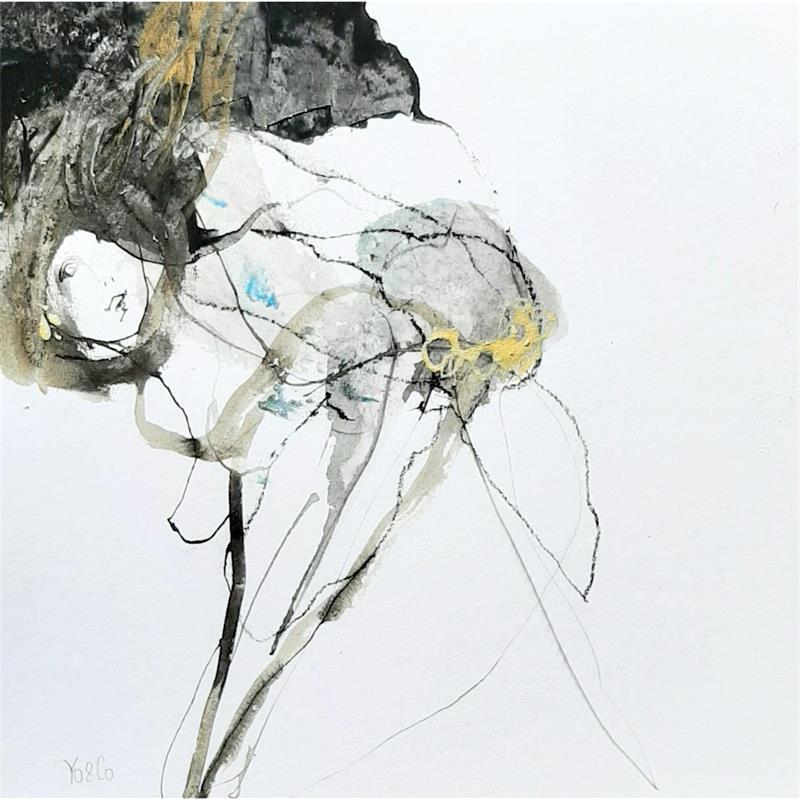
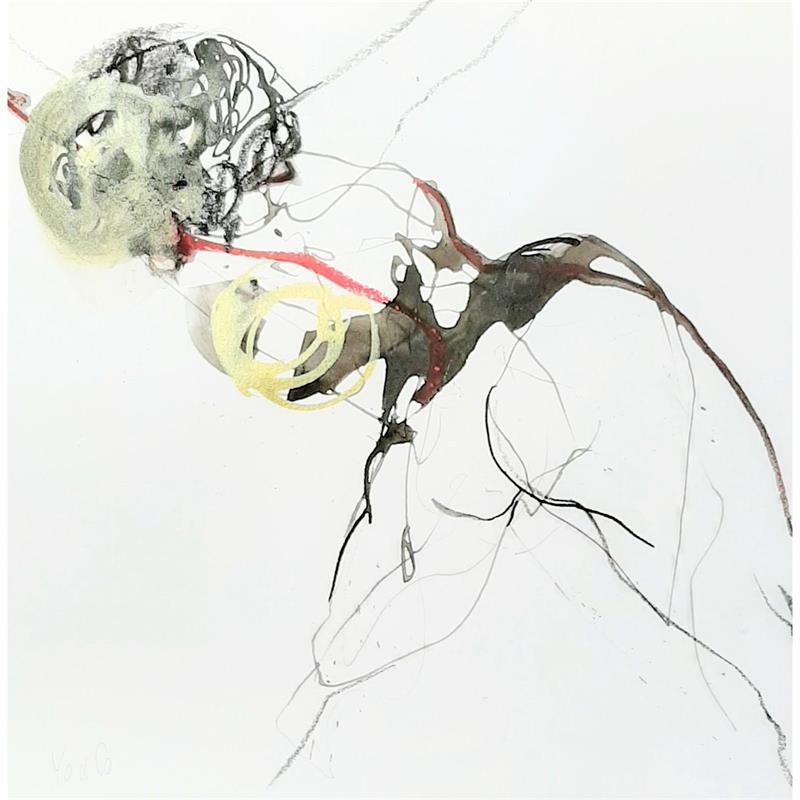
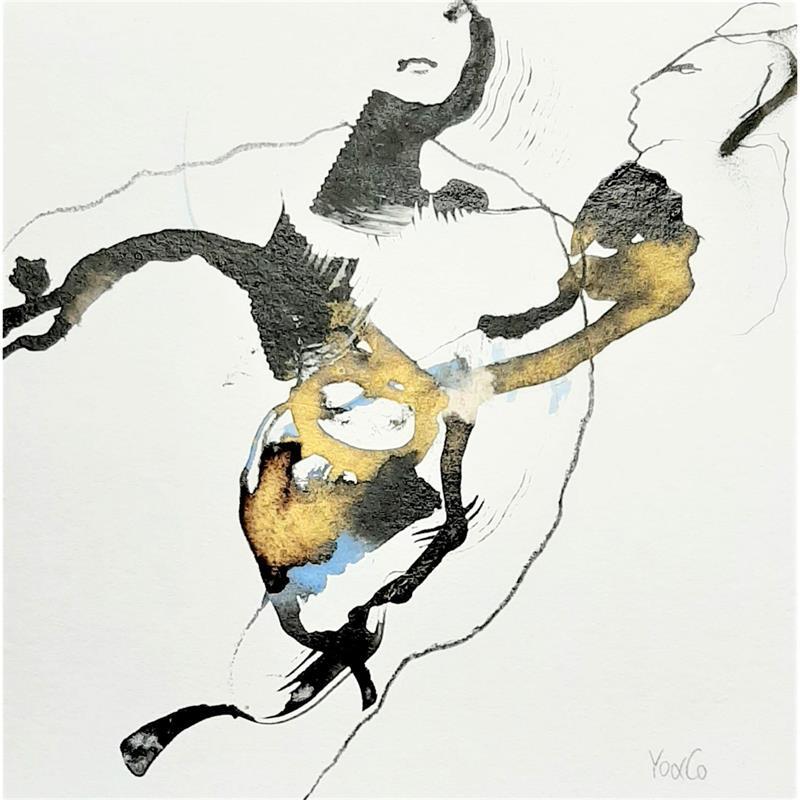
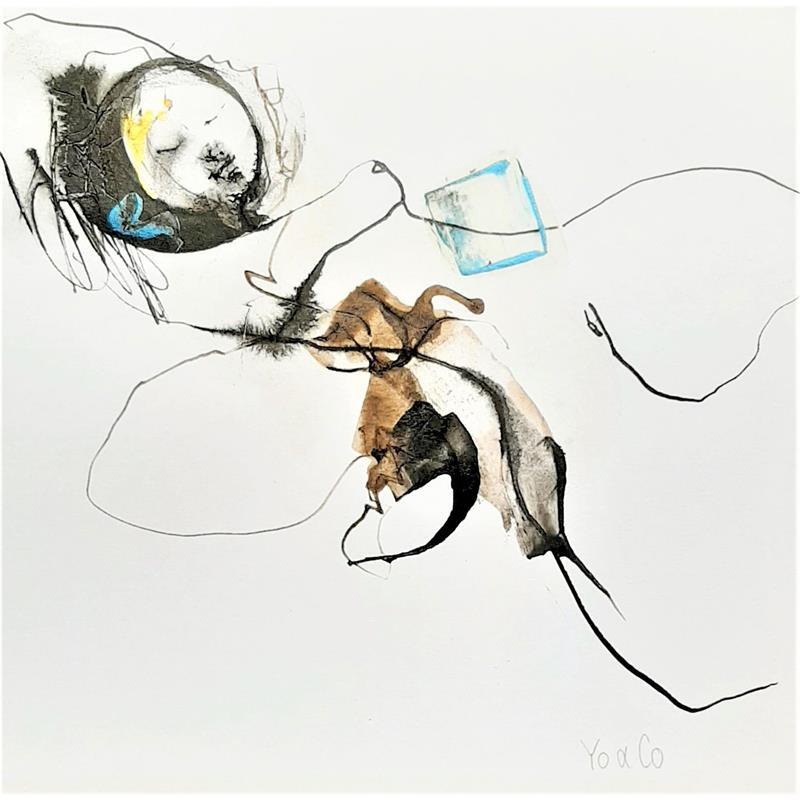

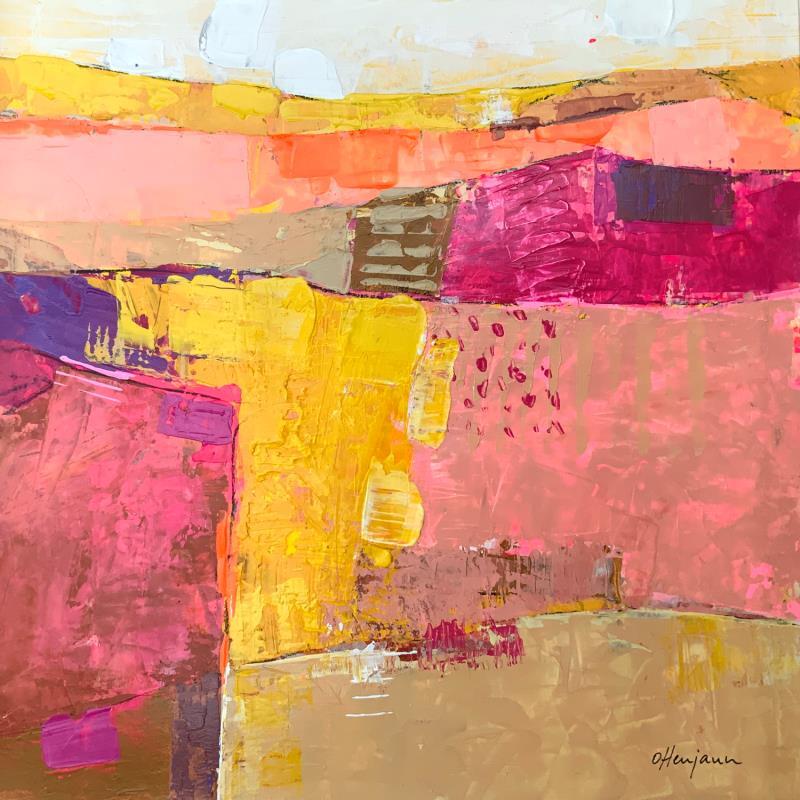
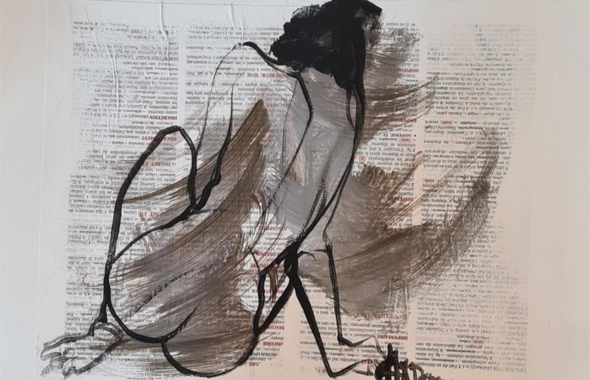
2.jpg)




